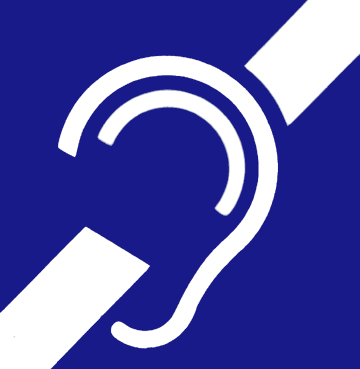Blog
-

“THE BASICS OF HEARING AND HEARING LOSS” (POST 4 of 5) MIXED HEARING LOSS
 14 Dec , 2015
Today’s post will discuss in detail the third of the four known types of hearing loss.“MIXED HEARING LOSS”“Mixed Hearing Loss”, describes a combined loss of both sensorineural and conductive hearing. (Please see posts number two and three of this series for more information on sensorineural and conductive hearing loss).MHL, a combination of conductive and sensorineural hearing loss, means there is damage in both the outer or middle ear and in the inner ear. This type of hearing loss ranges in severity from mild to profound. For people with mixed hearing loss, sounds can be both softer in volume and more difficult to understand.MHL, is caused by a combination of conductive damage in the outer or middle ear and sensorineural damage in the inner ear (cochlea) or hearing/auditory nerve. Genetic factors, overexposure to loud noise, certain medications and the normal aging process can lead to sensorineural hearing loss. Additionally, birth defects, diseases, infections, tumours or masses and head injuries are all possible causes of both conductive and sensorineural hearing loss.MHL CAUSATION CHECK LIST
14 Dec , 2015
Today’s post will discuss in detail the third of the four known types of hearing loss.“MIXED HEARING LOSS”“Mixed Hearing Loss”, describes a combined loss of both sensorineural and conductive hearing. (Please see posts number two and three of this series for more information on sensorineural and conductive hearing loss).MHL, a combination of conductive and sensorineural hearing loss, means there is damage in both the outer or middle ear and in the inner ear. This type of hearing loss ranges in severity from mild to profound. For people with mixed hearing loss, sounds can be both softer in volume and more difficult to understand.MHL, is caused by a combination of conductive damage in the outer or middle ear and sensorineural damage in the inner ear (cochlea) or hearing/auditory nerve. Genetic factors, overexposure to loud noise, certain medications and the normal aging process can lead to sensorineural hearing loss. Additionally, birth defects, diseases, infections, tumours or masses and head injuries are all possible causes of both conductive and sensorineural hearing loss.MHL CAUSATION CHECK LIST- Malformation of outer ear, ear canal, or middle ear structures
- Fluid in the middle ear from colds
- Ear infection (otitis media – an infection of the middle ear in which an accumulation of fluid may interfere with the movement of the eardrum and ossicles
- Allergies
- Poor Eustachian tube function
- Perforated eardrum
- Benign tumors
- Impacted earwax
- Infection in the ear canal
- Foreign body in the ear
- Otosclerosis
- Exposure to loud noise
- Head trauma
- Virus or disease
- Autoimmune inner ear disease
- Hearing loss that runs in the family
- Aging (presbycusis)
- Malformation of the inner ear
- Meniere’s disease
- Otosclerosis – a hereditary disorder in which a bony growth forms around a small bone in the middle ear, preventing it from vibrating when stimulated by sound.
What are the signs of MHL?
If the hearing loss is mostly conductive, speech tends to sound understandable, but only if it’s loud enough and there isn’t too much background noise. If the hearing loss is mostly sensorineural, there may be difficulty understanding speech, even when it seems loud enough.
What are the treatments?
Depending on the degree and make-up of mixed hearing loss, it may be treated with medications, surgery, hearing aids or an implantable bone conduction hearing system.
(For some people a bone conduction implant may be an effective treatment for MHL, because it bypasses the conductive element of the hearing loss and needs only address the sensorineural element. Air conduction hearing devices must compensate for both the conductive and the sensorineural elements. Studies also suggest that implants may improve speech understanding in people with mixed hearing loss.)
A hearing loss professional will explain your particular options and help you make the most informed decision. If you don’t already have someone to speak to, we at A Atlantic Hearing Aid Center, can help you when considering what is the best option for you. We have ALWAYS offered FREE HEARING TESTING (for the past 45 years). The most important thing is to have all the information necessary for you to make the best personal choice for your specific needs.
SOURCES:
Hearing Loss Association of America
Cochlear America





























































































































































































































































































































































































































































































































































































